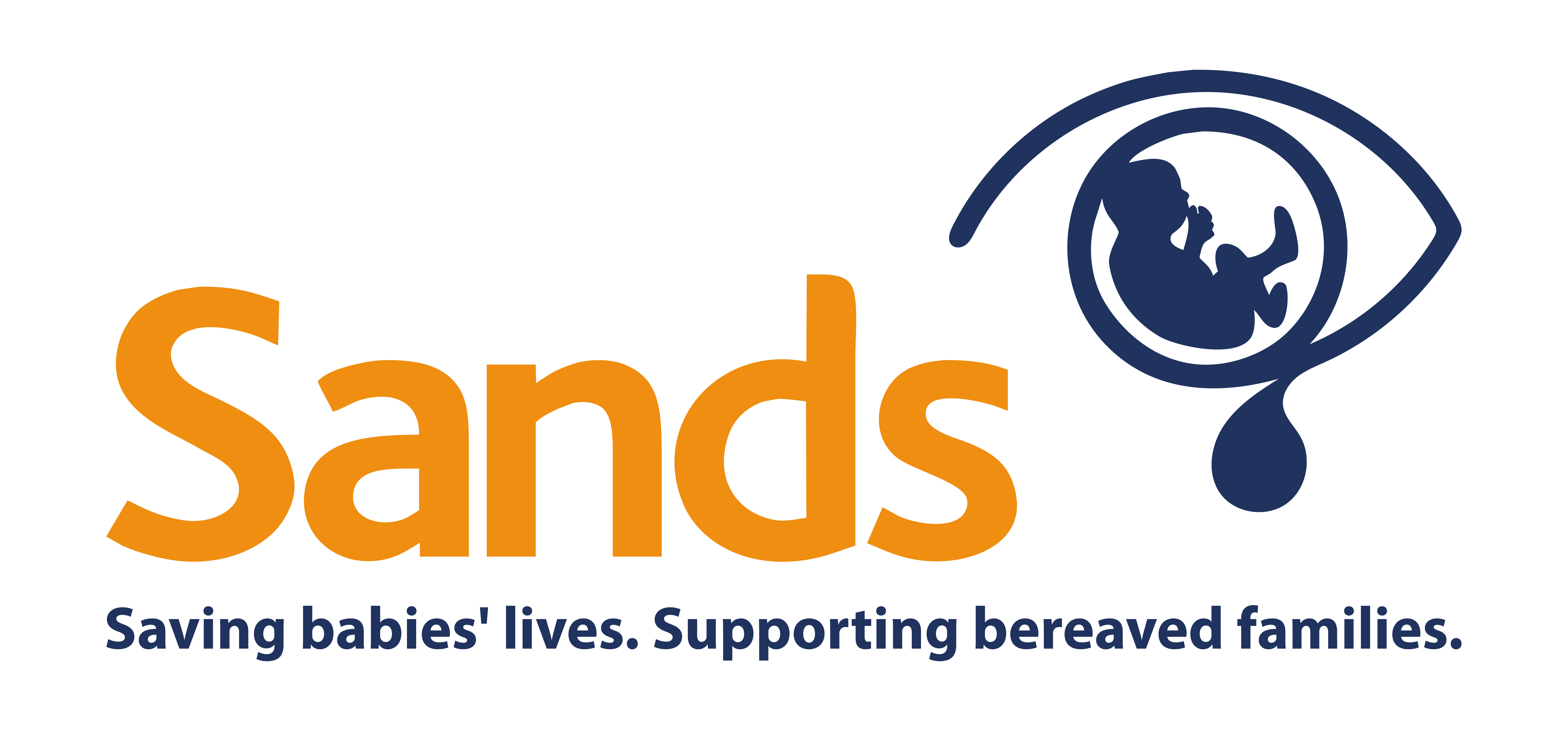We have put together a guide to help you understand the statistics and explain what the numbers mean, who the different organisations involved are and how this information is used to improve care and save babies' lives.
Find more detail about each of the key messages above and more in the sections below.
Find more detail about each of the key messages above and more in the sections below.
Changes in rates over time
The rate of baby deaths has been falling since 2010. We break down the figures for England, Scotland, Wales and Northern Ireland. This helps inform our local and national work to save babies' lives and improve care for all families.
Inequalities and baby deaths
Ethnicity and social deprivation are strongly linked with an increased risk of a baby dying. Here we explore statistics around these inequalities, highlighting where more work is needed to address this vital issue.
Causes of baby death
We explore the most recent information we have on the medical causes of baby death and what these mean. While the cause of a significant proportion of stillbirths is still unknown, information is improving all the time.
Different types of loss
We show the number of different types of pregnancy loss and baby death, highlighting some of the challenges in collecting up to date information for some types of loss.
Miscarriage
We explore the estimated risks of miscarriage in the UK and explain why it is difficult to know how many women experience pregnancy loss each year.
International comparisons
We compare the rates of baby deaths in the UK with other European and international countries. We explain why such comparisons are not an exact science but how important these are in order to focus national policy to reduce baby deaths in the UK.
You can find even more detailed information and analysis in the Sands & Tommy's Joint Policy Unit's Annual Progress report.
